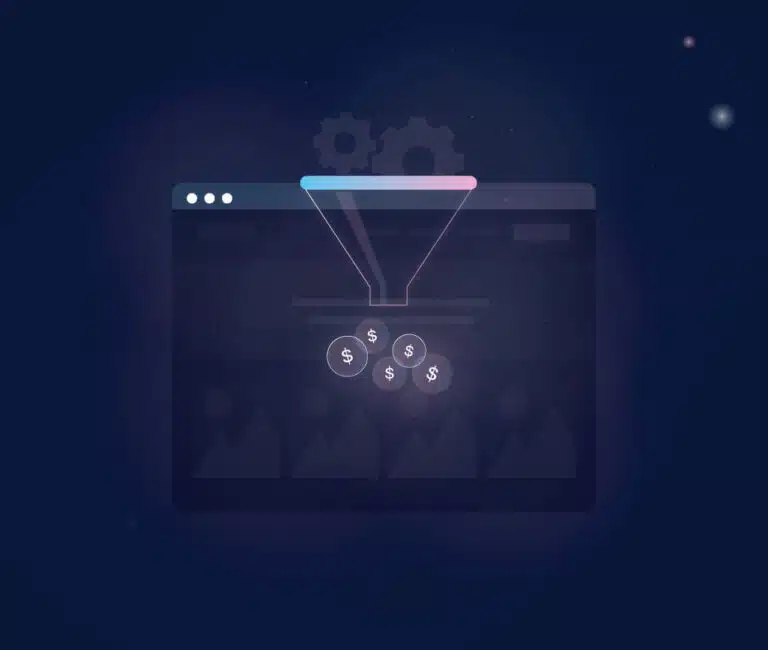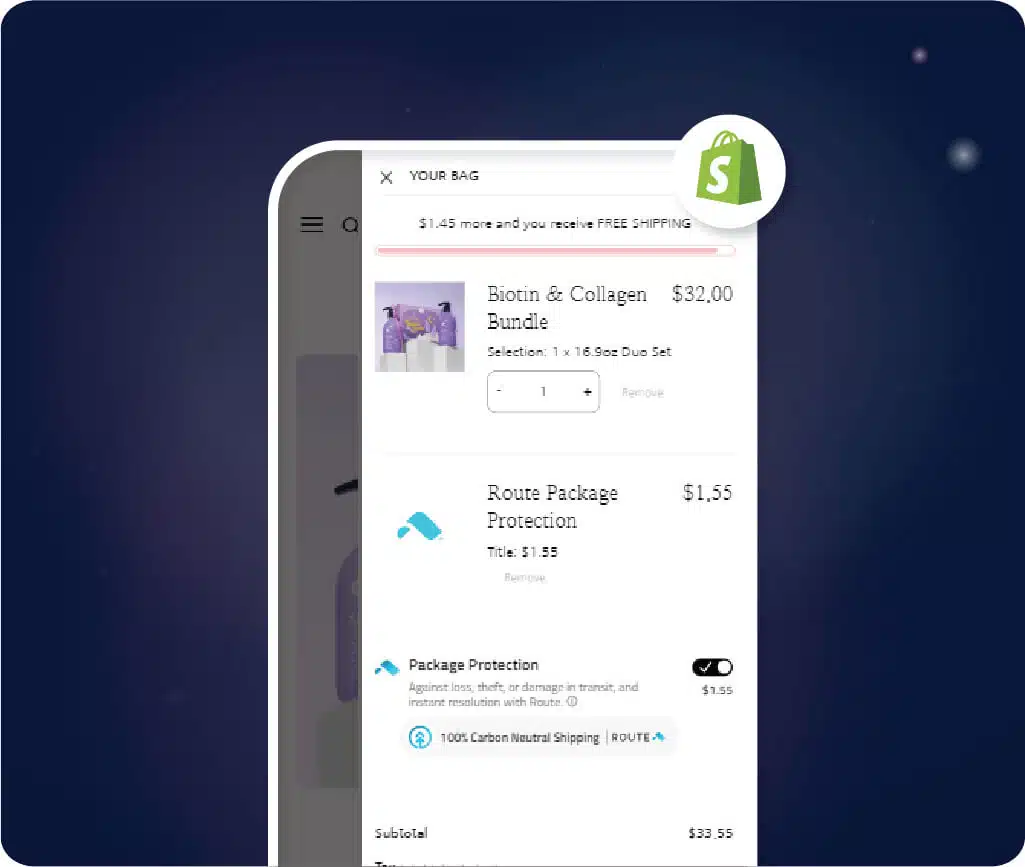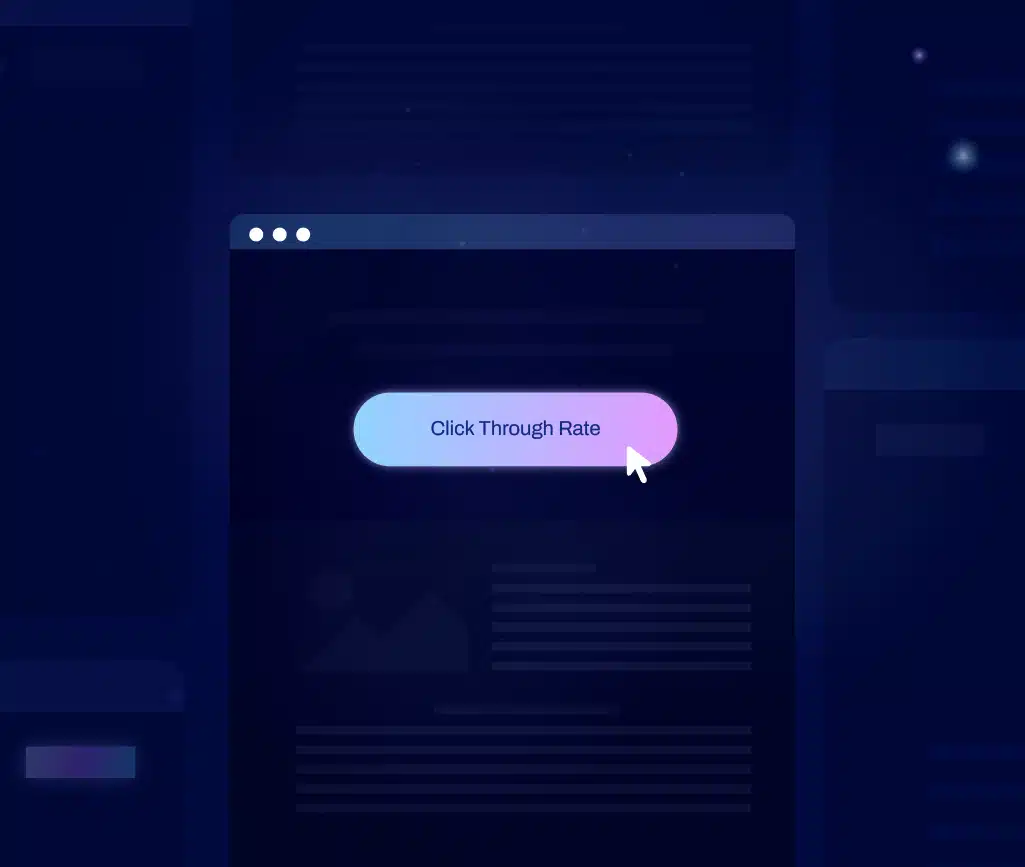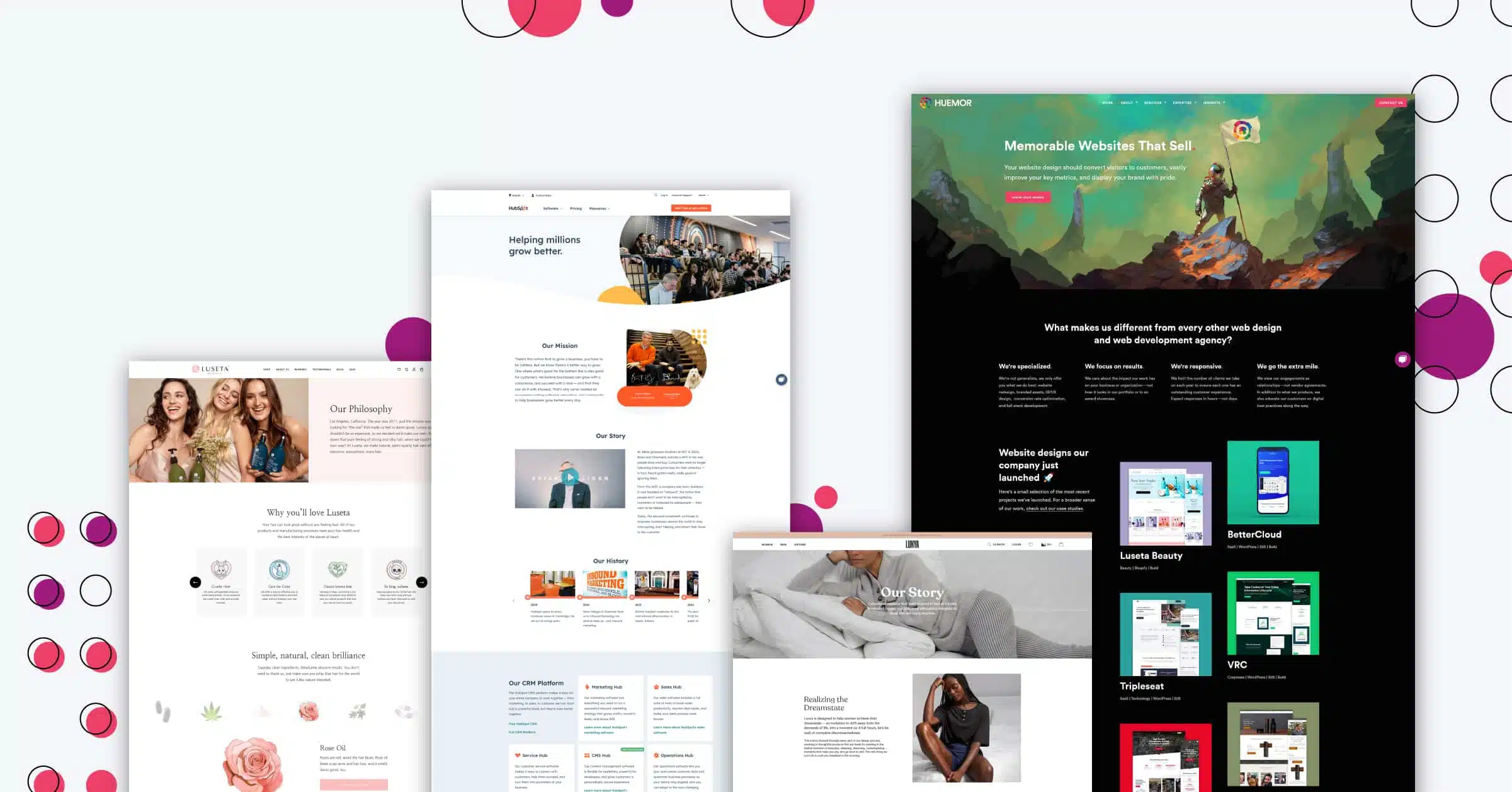Design
8 minute read
How to Design High Converting Sales Pages.
LAST UPDATED:
June 13, 2023


Designing a sales page is a three-fold process; design, copy, and promotion.
Each element needs equal focus to help deliver a sales page that captures the audience’s attention.
What is a sales page? How is it utilized in marketing to help with lead conversion?
When it comes to promoting the products or services a business is selling, the ROI needs to be bountiful.
If it isn’t, then that money is being wasted.
The purpose of this article is to help you or your team design top-quality sales pages that draw in potential leads and convert them to paying customers. The secret recipe for designing a high-converting sales page is right here.
The average conversion rate of sales pages is 26%, which is a fairly low figure.
Every effort, therefore, needs to be made to create a page that’s visually enticing and where the content is relevant.
Many businesses will utilize sales pages within their marketing strategy, including digital businesses like eCommerce.
At the end of this article, you will feel more confident in designing and creating sales pages that convert leads efficiently.
A sales page is a page that stands alone and has one purpose for the business, which is to secure sales.
Despite whether it’s a product or service, the purpose remains the same.
Maximizing sales through the conversion of visitors to the page is a marketer’s dream when it works.
However, the rate of its success is very much dependent on how well it’s designed, the content included, and how effectively it’s promoted.
There are two main types of sales pages, long-form, and short-form.
Both are designed in a similar manner but vary in length. The reason for the variation is dependent on the product or service being sold.
A pitch of the product may warrant more content than others, hence the need for long-form sales pages.
The Benefits of Sales Pages that Convert

Aside from boosting the obvious – sales – there are many benefits of high-converting sales pages.
These include:
- Generate great first impressions for visitors
- Build credibility and reputation of the brand
- Promotes new services and products
- They have a clear and specific purpose
- Improves search traffic for a website
For any marketer or marketing team, sales pages can be a useful tool worth utilizing to help promote and sell a new product or service online.
It can be a great opportunity to convert leads to paying customers that will hopefully come back again for more.
Shoppable Instagram for Commerce Without a Website
For many, their first foray into online selling begins with social media, more popularly, Instagram.
Shoppable Instagram is a force of its own, profiting from the addictive scroll of engaging and attractive content.
You should, by all means, consider your Instagram as a sales page from the get-go. Your success there are the first steps to building your eCommerce empire.
When it comes to designing a sales page, it’s useful to follow the AIDA framework.
This framework is made up of a series of steps or stages that consumers move through when making purchasing decisions.
The following steps are; attention, action, interest, and desire.
As we move through these design tips, you’ll discover how each stage can be implemented into the design process.
1. Build a Design DIY Toolkit with Leadpages

The modern-day marketer can benefit from a plethora of design tools and software.
Before creating any sales pages, it’s worth exploring the options that can help build your design DIY toolkit.
This collection of tools helps assist in the creation of sales pages and is useful for those that are struggling creatively.
While Leadpages is useful software for building landing pages and sales funnels, it’s not the be-all and end-all.
Protip
For more tips to optimize your sales funnel, check out our article on eCommerce Conversion Funnel.
When it comes to Leadpages vs alternatives, a few worthwhile mentions to explore are Flodesk, Hubspot, and GetResponse. Capture their attention with the use of these design tools.
2. Understand the Audience You’re Selling To

As with any marketing material, the focus of who you’re selling or promoting the content to is key.
Without creating buyer personas and targeting the right people, the sales page is likely to fail in its intentions.
A few methods of gathering the data required to determine your ideal customer include:
- Customer surveys
- Web and social media analytics
- Focus groups
Targeting and testing sales pages correctly can boost conversions by 300%, so it pays to do market research on your consumers.
3. Set a Cost That’s Inclusive for Everyone

Cost is one of the most significant sticking points for visitors looking to purchase your products or services.
No one wants to pay above the nose for something that they need or want.
With that in mind, when creating a sales page, consider the price points of the products you’re selling.
How do you justify setting the price? Are there other pricing options available?
A great technique to consider when offering a service is to offer different pricing options.
Offering different packages at varying prices is more inclusive than just having one set price tag. It could be this pricing strategy that gets more conversions as a result.
4. Determine Content Length

While you may want to take your buyers on a journey, you don’t want them dropping off due to exhaustion.
When consumers engage in content, their attentiveness doesn’t last long.
A study by Microsoft found that humans nowadays have an attention span of eight seconds. That’s eight seconds to get them interested, get the sales pitch across, and get them to convert.
We don’t know about you, but that’s cutting it fine, right?
Determine the content length of your sales pages. Consider whether it’s going to be a short-form or a long-form page.
Long-form copy helps buyers who need more convincing that the product or service is right for them.
However, that same length of content might not be needed for those who are pretty much at the bottom of the sales funnel, ready to make a purchase.
5. Leverage the Power of Headings and Subheadings

When you’re ready to put your fingertips to keys, start first with headings and subheadings.
The structure is important for the flow of the content.
Leverage the power of headings and subheadings to draw the eye of those who skim-read the content.
Keep them concise and effective in their messaging.
Subheadings can add a little more context but again, shouldn’t be too lengthy.
Video Power Marketing’s example is a great example. It’s short, to the point, and offers a solution.
6. Be Descriptive and Use Sales Techniques Within the Content

Every piece of content, whether it’s a blog post, video, or static image, should contribute to the customer experience.
UX is influential in a buyer’s decision-making. That’s why it’s essential to be descriptive when it comes to selling a product or service.
The more descriptive you are, the more convinced the buyer will be that they need the product or service being sold.
Consider what sales techniques are useful in landing page content and utilize these to convince the reader to convert.
7. Provide Solutions to the Visitor’s Pain Points

Sometimes a description isn’t enough when writing sales copy. It’s useful to hone in on what problems buyers have and how your product or service can provide the perfect solution.
You want to share the benefits of the product but then go further by explaining the benefit of that benefit for the consumer.
How will the consumer’s life be made better by spending money on this product or service?
Solutions to the visitor’s pain points will be music to the ears of buyers and from this, they’ll take action by making a purchase.
8. Show Proof of the Brand’s Success

For a visitor that’s landed on the page for the first time, why should they trust what you say?
Each visitor that hits the page will likely be at varying points within the sales funnel. Some may need more proof that what is being sold to them is legit.
To help consumers desire your product or services, give them reasons to trust you.
A few ways to validate the brand’s success could be:
- Incorporating testimonials and reviews from happy customers
- Key statistics that showcase the business and its achievements
- Celebrity or expert endorsements
Protip
Do you know how to use testimonials as social proof? This is a great addition to any successful sales page!
9. Keep it Interesting with Images and Video Embeds

A page full of text is most likely going to cause the user to click off. As humans, we love visual imagery.
Using videos on landing pages can improve conversions by a whopping 86%.
For both products and services, informative how-to videos and detailed imagery can be helpful to keep the user engaged.
You can also use videos to increase engagement on your website and draw in your potential customers even more.
This way, they’ll make their way through all of the content successfully and hopefully follow through with a conversion.
10. Incorporate Deal-Closing CTAs

Finally, and most importantly, a deal-closing CTA is a must-have.
You’ve managed to capture their attention, they’ve engaged with the content, and now what?
It’s time to bag that sale. It’s the point at which the sales pitch comes out in full force.
A CTA doesn’t need to sit at the bottom of the page either.
In fact, it can be incorporated throughout the content with the use of asterisks or bolded text.
Marketers living in a digital environment need to be clued up on all of the effective methods of selling and promoting.
A sales page is a highly effective way to deliver more conversions and ultimately, improve business revenue and growth.
Utilize these design tips and leverage your sales pages to blow your current conversion rates out of the water.
Interested in a website redesign of your sales pages? Contact us, we can help you create effective sales pages!
Author
Jeff Gapinski is the President of Huemor where he helps plan the long-term strategic growth of the agency. Jeff is passionate about UI/UX, demand generation, and digital strategy.
What Do You Think?
Have feedback? Maybe some questions? Whatever it is, we'd love to hear from you.








No comments found